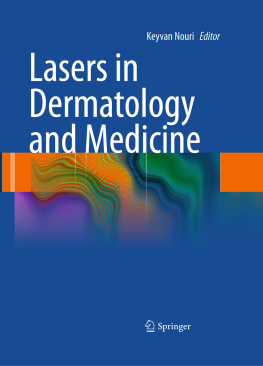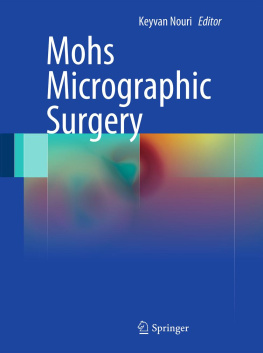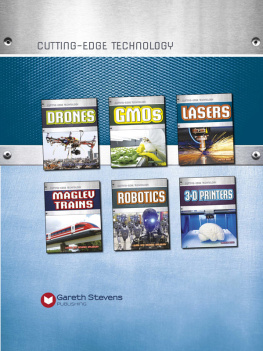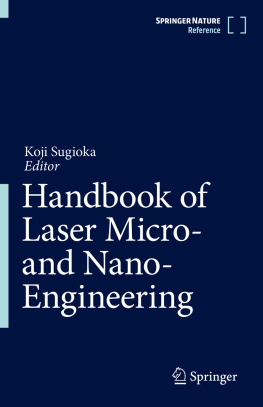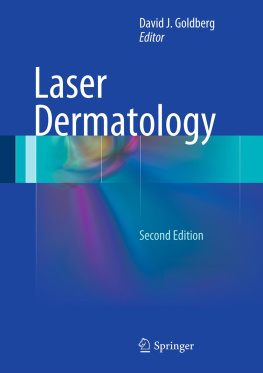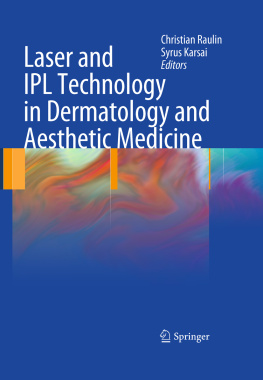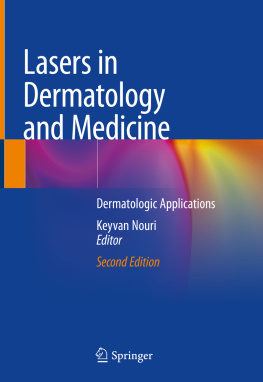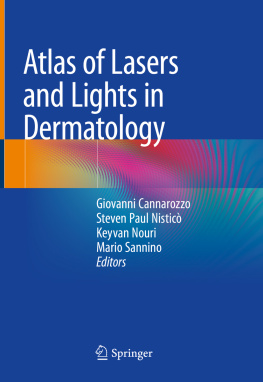Keyvan Nouri (ed.) Lasers in Dermatology and Medicine 10.1007/978-0-85729-281-0_1 Springer-Verlag London Limited 2011
Abstract
1.Light represents one portion of a broader electromagnetic spectrum.
2.Light-tissue interactions involve the complex topics of tissue optics, absorption, heat generation, and heat diffusion
3.Lasers are a special type of light with the characteristics of monochromaticity, directionality, and coherence.
4.Coagulation/denaturation is time and temperature dependent
5.Proper selection of light parameters is based on the color, size, and geometry of the target
6.Wound healing is the final but not least important part of the laser tissue sequence (the epilogue)
7.Laser-tissue interactions are fluid the operator should closely examine the skin surface during all aspects of the procedure
8.Pulse duration and light doses are often as important as wavelength in predicting tissue responses to laser to irradiation
The reader should note that although the title of this chapter is Laser Tissue Interactions, the introduction of many new and diverse technologies make the term somewhat obsolete. We will continue to use the term, but a more appropriate is electromagnetic radiation (EMR) tissue interactions. We will use both terms interchangeably in the remainder of the text.
Introduction
1.Light represents one portion of a broader electromagnetic spectrum. 2.Light-tissue interactions involve the complex topics of tissue optics, absorption, heat generation, and heat diffusion 3.Lasers are a special type of light with the characteristics of monochromaticity, directionality, and coherence. 4.Coagulation/denaturation is time and temperature dependent 5.Proper selection of light parameters is based on the color, size, and geometry of the target 6.Wound healing is the final but not least important part of the laser tissue sequence (the epilogue) 7.Laser-tissue interactions are fluid the operator should closely examine the skin surface during all aspects of the procedure 8.Pulse duration and light doses are often as important as wavelength in predicting tissue responses to laser to irradiation |
The best gauge of laser interactions is the tissue response, and experiment is the most realistic manner to address medical treatment challenges. However, theoretical models are helpful in planning treatment approaches and laser parameters. In this chapter we discuss basics of lasers, their non-laser counterparts, and laser-tissue interactions.
Many physicians choose laser settings out of habit (or reading it off of a label attached to the side of the machine a cheat sheet with skin-type specific parameters), using tissue endpoints to confirm the appropriateness of the parameters. For example, when treating a tattoo with a Q-switched laser, the operator looks for immediate frosty whitening. Like driving a car (where the operator may have no idea about nature of the drive train components), successful laser operation does not demand a complete understanding of the machine or the details of the light-tissue interaction. However, a comprehension of first principles allows for a logical analysis of final clinical outcomes furthermore, more creative uses of equipment should follow. For example, with an education in laser tissue interactions (LTIs) and tissue cooling, one can deploy the alexandrite (long pulse) laser either as a hair removal device, vascular laser, or to remove lentigines.
Light
Light represents one portion of a much broader electromagnetic spectrum. Light can be divided into the UV (200400 nm), VIS (400700 nm), NIR I (755810 nm), NIR II (9401,064 nm), MIR (1.33 m), and Far IR (3 m and beyond). On a macroscopic level, light is adequately characterized as waves. The amplitude of the wave is perpendicular to the propagation direction. Light waves behave according to our eyeball observations in day-to-day life. For example, we are familiar with refraction and reflection. The surface of a pond is a partial mirror (reflection); a fish seen in the pond is actually closer than it appears (refraction). One can deliberately angle the beam, on the other hand, to decrease penetration depth and also attenuate the surface fluence by spreading the beam. One can reduce interface losses by applying an alcohol solution (n = 1.4), water (n = 1.33), or a sapphire crystal (n = 1.55 m). This allows for optical coupling (vide infra). On the other hand, the surface of dry skin reflects more light because of multiple skinair interfaces (hence the white appearance of a psoriasis plaque).
Light penetrates into the epidermis according to wavelength dependent absorption and scattering (vide infra). Because of scattering, much incident light is remitted (remittance refers to the total light returned to the environment due to multiple scattering in the epidermis and dermis, as well as the regular reflection from the surface). In laser surgery, light reflected from the surface is typically wasted. This lost energy varies from 15% to as much as 70% depending on wavelength and skin type. For example, for 1,064 nm, 60% of an incident laser beam may be remitted. One can easily verify this by holding a finger just adjacent to the beam near the skin surface. Warmth can be felt from the remitted portion of the beam.
To describe laser tissue interactions at the molecular/microscopic level, light is considered as a stream of particles called photons, where the photon energy depends on the wavelength of light.
Where h is Planks constant (6.6 1034 J-s), and c is the speed of light (3 1010 cm/s).
Types of Light Devices
In principle, many non-laser devices could be used for heating skin. Most properties of laser light (i.e., coherence) are unimportant insofar as the way light interacts with tissue in therapeutic applications. And although collimation (lack of divergence) of the incident beam might increase the % of transmitted light with laser versus IPL, the increasing use of filtered flash lamps in dermatology suggests that losses from IPL beam divergence are not critical. In lieu of lasers, some thermal sources can be used in skin surgery (i.e., nitrogen plasma device) for resurfacing (Portrait, Rhytec, MA). The critical features of any device are controlling the device-tissue interaction time to allow for precise heating (vide infra).
Lasers are useful because they allow for precise control of where and how much one heats. The amplification of light within the laser cavity sets laser light apart from other sources.
For most visible light applications, laser represents a conversion from lamplight to an amplified monochromatic form. The high power possible with lasers (especially peak power ) is achieved through resonance in the laser cavity. For many dermatology applications requiring ms or longer pulses delivered to large skin areas, IPLs are either adequate or preferable to lasers. The scientific principle on which lasers are based is stimulated emission . With spontaneous emission, electrons transition to the lower level in a random process. With stimulated emission, the emission occurs only in the presence of photons of a certain change. The critical point is maintaining a condition where the population of photons in a higher state is larger than that in the lower state. To create this population inversion, a pumping energy must be directed either with electricity, light, or chemical energy.

